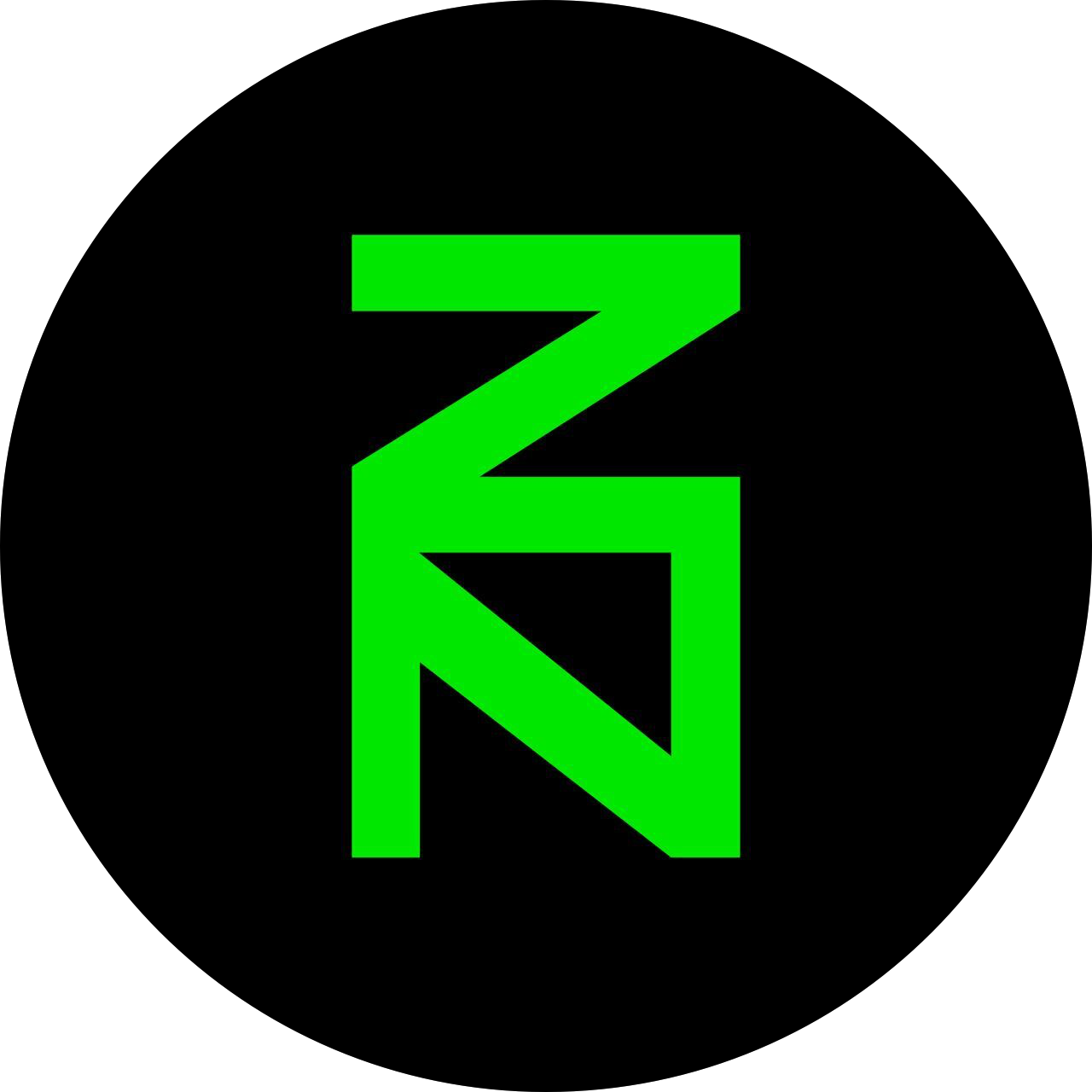If Zenon Network Was a Video Game...

(Any views expressed in the below are the personal views of the author and should not form the basis for making investment decisions, nor be construed as a recommendation or advice to engage in investment transactions.)
If the Network of Momentum (NoM) was a video game how would I play it? How do I start from nothing and gain enough status to help run the network? Let's dig in.
NoM utilizes a dual-coin economy: Zenon (ZNN) and Quasar (QSR). They work together to fuel the ecosystem. “Players” start at level 0 with no items, coins, or status. Here's how you can progress through the “game”:
- Level 0 (Applicant): Contribute to the NoM ecosystem in some way and apply to Accelerator-Z, an on-chain project accelerator. Here, you can earn some ZNN and/or QSR as a reward for your efforts. See a Pillar to sponsor the 1 ZNN application fee.
- Level 1 (Delegator): With some ZNN in your bag, you can delegate it to a Pillar, a type of node that performs consensus for network. Pillars compete for delegations and share a portion of their earnings with their delegators.
- Level 2 (Staker): Once you've acquired enough ZNN, you can stake it. Staked ZNN generates QSR, which can be fused to create Plasma. Plasma acts like 'mana' in games, enabling you to carry out actions in the network without any fees.
- Level 3 (Sentinel Node): With enough ZNN and QSR, you can launch a Sentinel node. This node performs PoW links to help secure the network. This requires fixed collateral of 5000 ZNN and 50000 QSR. This special node generates both ZNN and QSR. You can recover your collateral if you disassemble the node.
- Level 4 (Pillar Node): This is the top level, where you become a Pillar, the backbone of the network. Creating a Pillar node requires ZNN and QSR but with a catch. You must burn the QSR to create a slot for your Pillar. The cost for this slot rises with each new Pillar that joins the network. Pillars generate ZNN, and they generate more than any other participant in the network. Once you achieve this level, Pillars will act as DAOs. Pillars can sponsor network activities, such as marketing and development.
This system helps avoid the "rich getting richer" problem often seen in other blockchains, as Pillars don't produce QSR, which is needed to create more Pillar slots. Moreover, the cost of creating a new Pillar rises with each new active Pillar, requiring more QSR to be burnt.

NoM is a feeless system, meaning every action can be carried out without gas fees. But there's a catch: you need Plasma to perform actions such as transfers and contract calls. Plasma is generated by either staking QSR or by using computational power to complete a Proof-of-Work.
Along with the five levels described, there is another role in the “game” called a Liquidity Provider (LP). This role allows you to stake liquidity and get rewarded with ZNN and QSR. NoM features Protocol Level Liquidity through the Orbital Program, a mechanism that ensures a continuous reward stream for Liquidity Providers (LPs).
Protocol Level Liquidity is hard coded into the protocol. It emits QSR and ZNN and LPs will access it once the decentralized bridge is launched. Unlike other networks where rewards run out, LPs on NoM will compete for rewards that never run out. LPs are considered First Class Citizens in NoM thanks to the Orbital Program.
Whether you come to the game with nothing but an idea or a bag of money there is a role for everyone.
Special thanks to @alienc0der for the original idea, text and inspiration for this post.

Member discussion